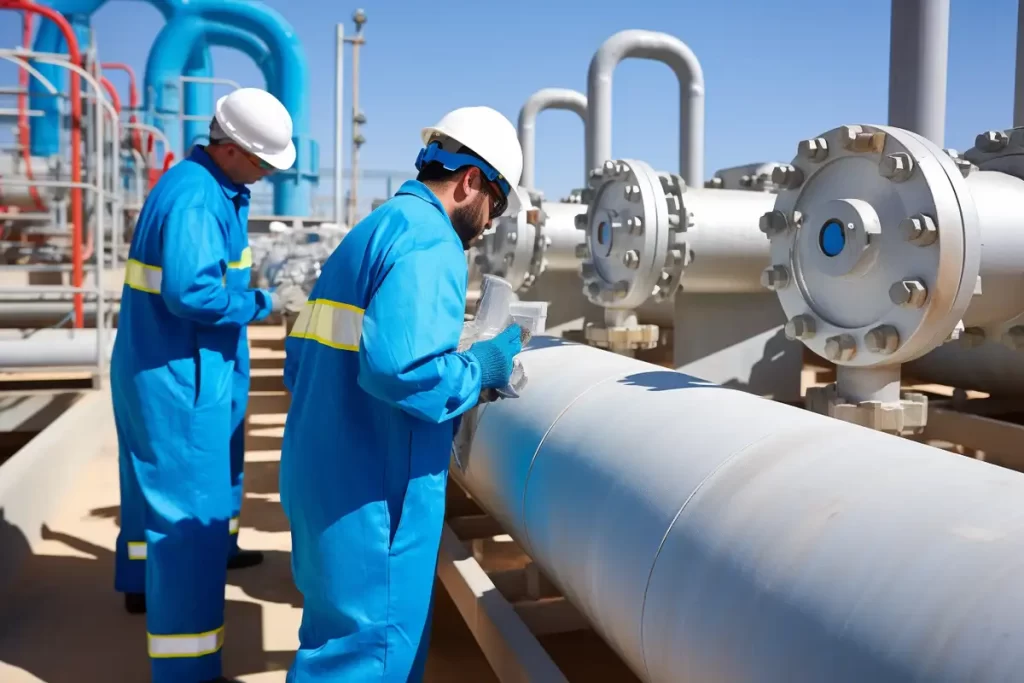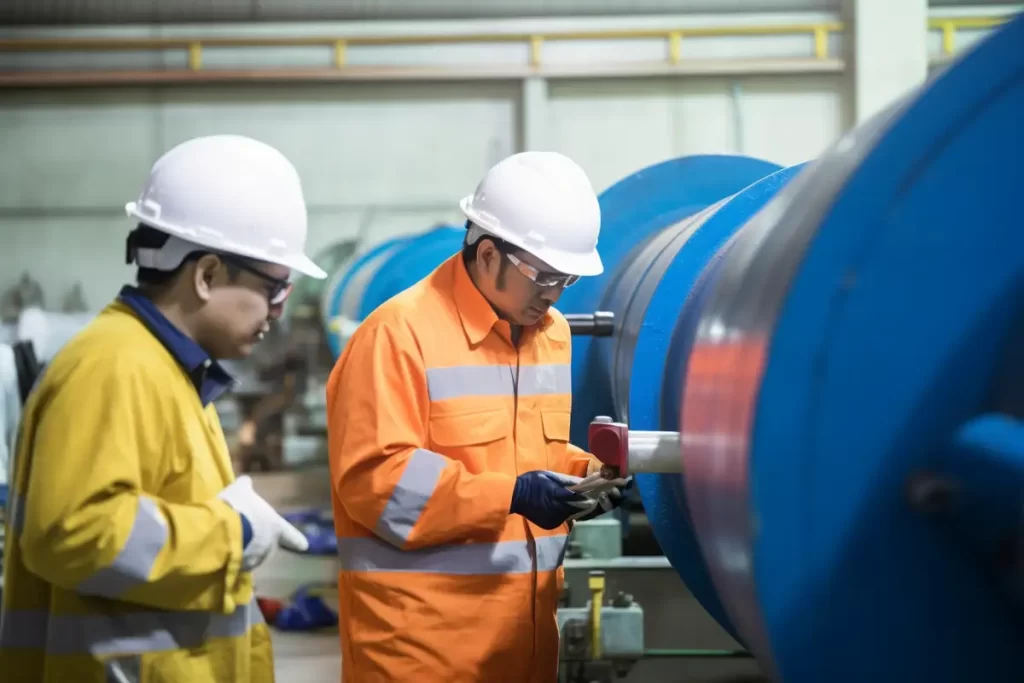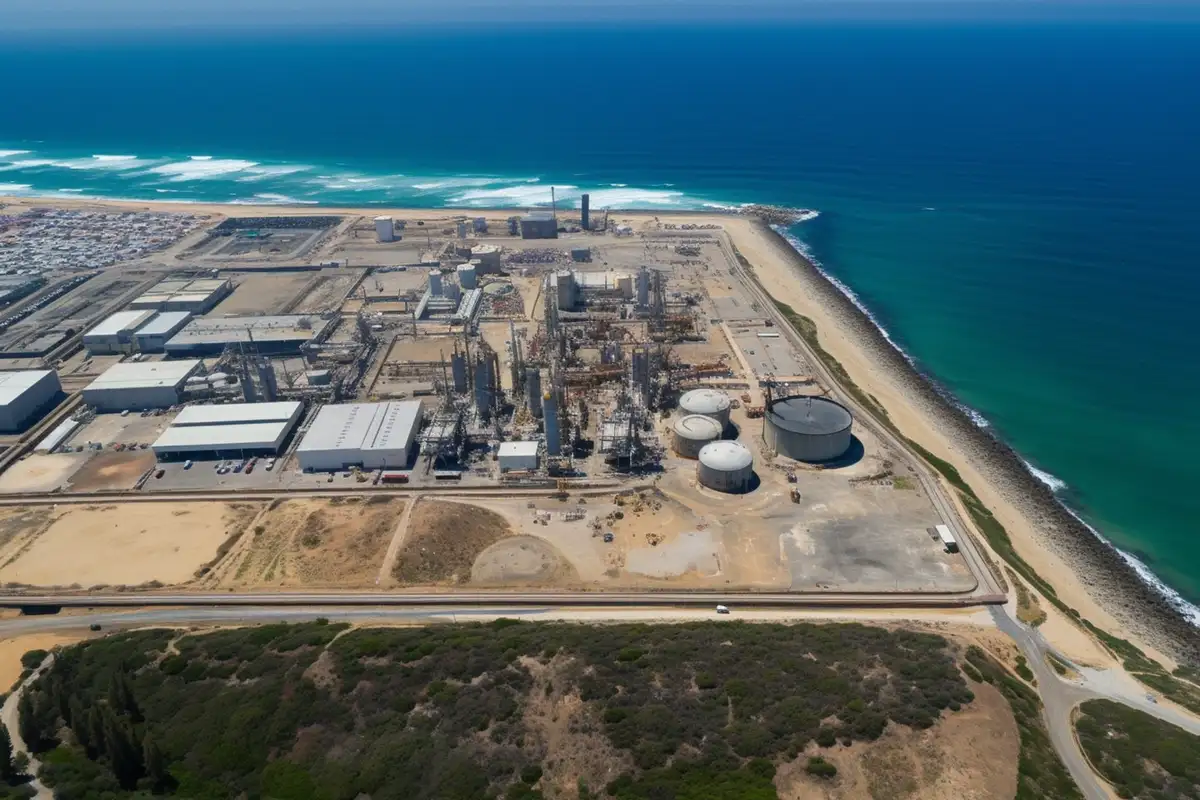Imagine living in a world where fresh, clean water is always at your fingertips, even in the most water-scarce regions. Desalination technology has the potential to transform the way we access water and support economic growth. But can desalination truly boost the economy and ensure water security?
Yes, desalination can boost the economy and water security by creating jobs, fostering innovation, and providing a reliable water source for various industries. However, there are potential drawbacks, such as environmental concerns and high costs, which must be considered.
In this article, we’ll explore how desalination works, its potential benefits for the economy and water security, and the challenges that must be addressed to ensure sustainable implementation.
Desalination is the process of removing salt and other impurities from seawater, brackish water, or wastewater to produce fresh, potable water. As water scarcity becomes a growing concern, understanding desalination technology and its various methods is crucial.
Understanding Desalination
Desalination involves the separation of dissolved salts and other minerals from water sources, making it suitable for human consumption, agriculture, and industrial applications [1]. The global demand for desalination has increased due to factors such as population growth, urbanization, industrialization, and climate change, which have put immense pressure on existing freshwater resources.
The demand for desalination is increasing due to several factors:
- Global water scarcity issues: As freshwater resources become more scarce, desalination offers an alternative source of water for human consumption and industrial use [2].
- Increasing urbanization and industrialization: Rapid urbanization and industrial growth have increased the demand for water, putting pressure on existing resources and necessitating alternative solutions like desalination.
- Climate change and its impact on water resources: Climate change has led to unpredictable rainfall patterns, droughts, and rising sea levels, exacerbating water scarcity issues and increasing the need for desalination [3].
As these challenges continue to intensify, desalination technology has the potential to play a significant role in addressing water scarcity and ensuring a sustainable future.

Desalination and Water Security
Desalination can contribute significantly to water security by providing a reliable source of clean drinking water, ensuring water quality, and supporting sustainable development. The following is a list of some of these benefits:
- Addressing Water Scarcity Issues: Desalination offers a solution to water scarcity by tapping into abundant seawater and brackish water sources, effectively increasing the availability of freshwater for consumption and industrial use.
- Reducing Dependence on Traditional Water Sources: By diversifying water sources, desalination reduces dependence on traditional water sources like rivers, lakes, and groundwater [4]. This reduces the stress on these sources and ensures a stable supply during droughts and emergencies.
- Ensuring a Stable Supply of Drinking Water: Desalination plants can provide a consistent supply of clean, potable water to communities, even in arid regions or areas with limited freshwater resources, ensuring that everyone has access to safe drinking water.
- Contributing to Climate Change Adaptation Strategies: Desalination technology can be integrated into climate change adaptation strategies, helping to address the water scarcity issues exacerbated by changing rainfall patterns, more frequent droughts, and rising sea levels [5].
- Supporting Sustainable Development: Desalination contributes to sustainable development by promoting integrated water resource management, which balances water supply and demand, protects ecosystems, and ensures the equitable distribution of water resources.
Desalination and the Economy
Desalination has the potential to boost the economy by creating jobs, fostering innovation, supporting economic growth, and exporting desalination technology and expertise. The following is a list of these economic benefits in more detail:
- Job Creation in the Desalination Industry: The construction, operation, and maintenance of desalination plants create direct and indirect employment opportunities [6]. These jobs include engineers, technicians, researchers, and other skilled workers, contributing to local and regional economic growth.
- Fostering Innovation and Technological Advancements: The desalination industry drives the development of new water treatment technologies and fosters collaboration between academia, industry, and government. This collaboration can lead to advancements that make desalination processes more efficient, cost-effective, and environmentally friendly.
- Supporting Water-Dependent Industries: Desalination ensures water security for various industries, such as agriculture, manufacturing, and energy production [7]. A stable water supply enables these industries to thrive, attracting businesses and investments, and promoting industrial development.
- Attracting Businesses and Investments: Regions with a secure water supply are more attractive to businesses and investors, as access to water is a critical factor in many industries. Desalination can create a more business-friendly environment, encouraging economic growth and job creation.
- Exporting Desalination Technology and Expertise: Countries with advanced desalination technology and expertise can export their products and services, contributing to global water security and further boosting their economies [8]. The export of desalination technology can also help improve diplomatic relations and foster international collaboration on water management and sustainability issues.

Potential Drawbacks of Desalination
While desalination offers several benefits, it’s important to consider the potential drawbacks, including environmental concerns and high costs. Understanding these challenges can help inform sustainable implementation and decision-making.
Environmental Concerns
Desalination, particularly reverse osmosis, can consume significant amounts of energy, leading to increased greenhouse gas emissions [9]. This can contribute to climate change, counteracting some of the benefits that desalination offers in terms of water security and adaptation strategies.
The desalination process produces a concentrated saltwater byproduct known as brine. If not managed properly, brine disposal can have negative impacts on marine life, including increased salinity levels and the release of toxic chemicals. These impacts can disrupt delicate marine ecosystems and harm biodiversity.
High Costs
Desalination plants require high capital investment and operational expenses, which can be a barrier to widespread adoption [10]. The costs of desalination vary depending on factors such as location, plant size, and technology used. However, they are generally higher than those of traditional water sources or alternative solutions.
It’s essential to compare the costs of desalination with alternative solutions, such as water conservation, recycling, and rainwater harvesting, to determine the most sustainable approach. For example, investments in water-saving technologies, demand management, and wastewater reuse can often provide more cost-effective and environmentally friendly solutions to water scarcity issues.

